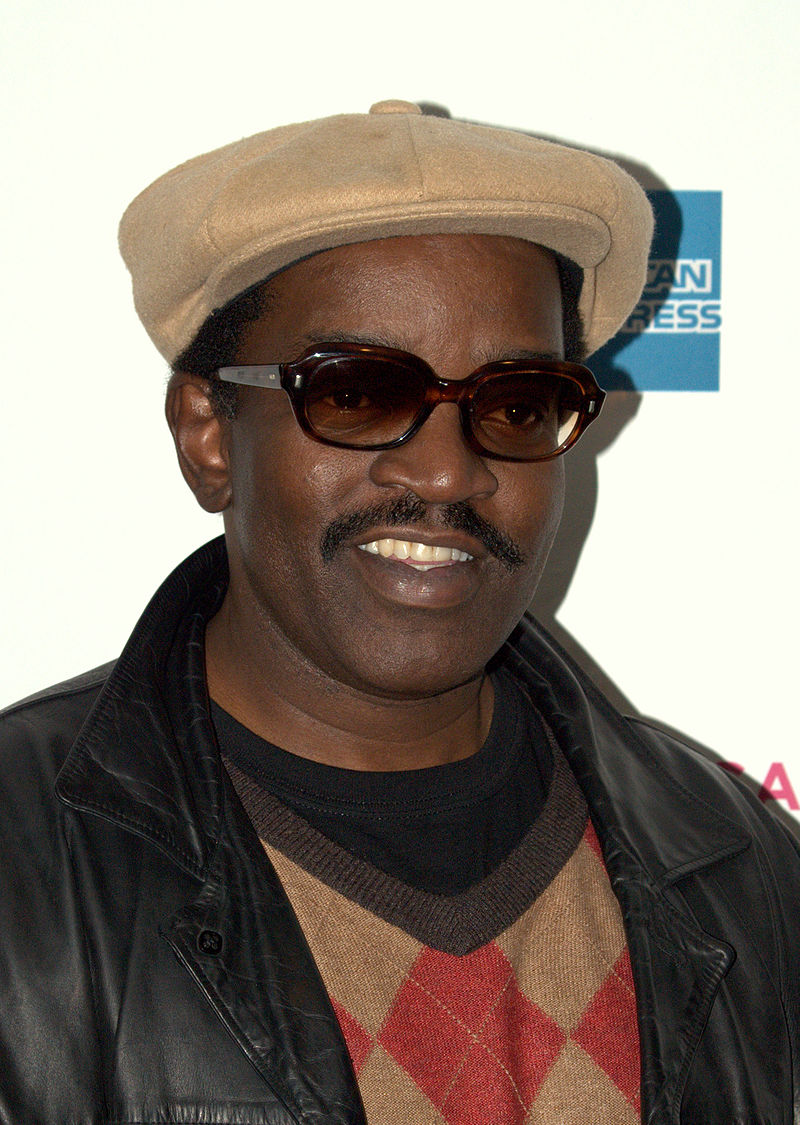
Rap: 1980s
MTV's all-rap music programming, Yo! MTV Raps in 1988 boosted the success of LL Cool Jay, Beastie Boys, Public Enemy, Afrika Bambaataa, and others in the mainstream. Its first vee-jay or video television host was graffiti artist Fred Brathwaite, known in the hip-hop world as Fab Five Freddy.

Fab Five Freddy on Yo! MTV Raps
Following suit, Black Entertainment Television (BET) began airing Rap City (later known as Tha Bassment) in 1980, and in 1984 Video Music Box was launched by former itinerant DJ Ralph McDaniels. Rap's venture into the mainstream was taken further by television commercials that featured hip-hop music acts as spokespersons for name brand clothing, sneakers, and soft drink beverages.

BET'S "Rap City" Intro (1994-1996)
Hip-hop music expanded its roster to include female MCs during the mid-1980s. They introduced feminist-inspired themes in their raps, unlike previous MCs. One trend that opened the doors for female MCs was the "answer-back" rap or male/female sequel. An example of this includes " A Fly Girl " by the Boogie Boys, followed by " A Fly Guy " by Pebble Poo (1985). Both songs use the same music accompaniment, namely drum machine. As rapped in the first sentence in "A Fly Girl":

A fly girl is a girl who wants you see her name, her game, and her ability. Two gold teeth and cold cash money. The guys are on her strap; she tends to act funny. She's got Gazelle and a b-bag too. Fly girl, I want to be with you.
A Fly Girl

In "A Fly Guy," the rapper states,

Now wait just a minute could this be true: Boogie Boys got a rumor on the avenue. Tryna diss females on their finesse. Ain't got a dime in your pocket, no type of interest.
A Fly Guy

" The Show " by Doug E. Fresh and Slick Rick followed by "The Show Stoppa" by Salt-N-Pepa (both 1985) and Girls Ain't Nothing But Trouble" by DJ Jazzy Jeff and the Fresh Prince (1986), followed by "Guys Ain't Nothing But Trouble" by Ice Cream Tee (1987).







